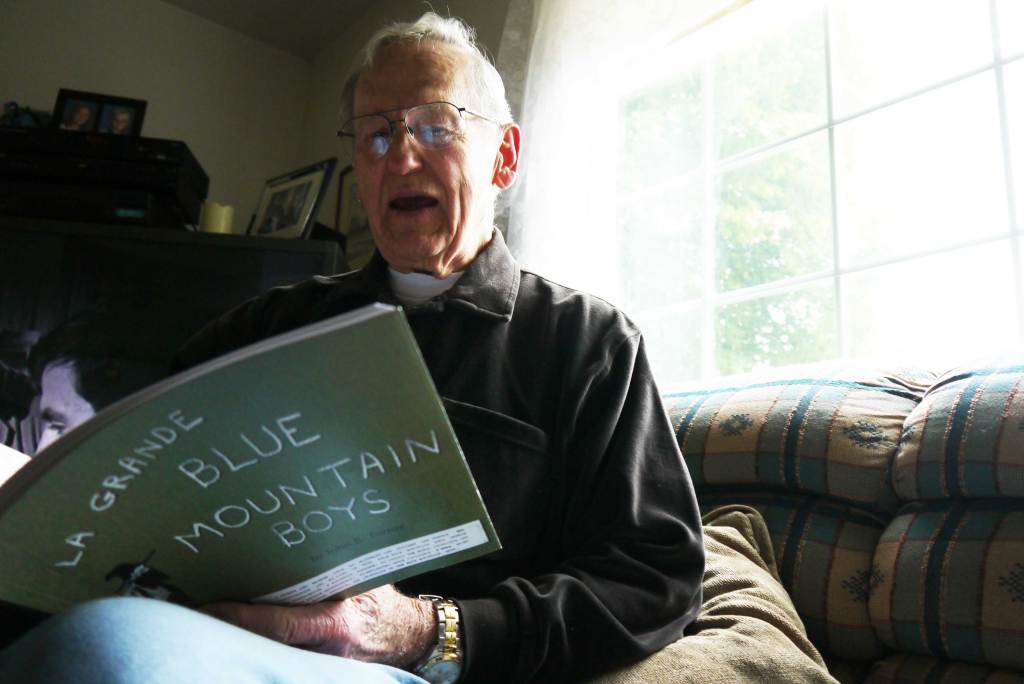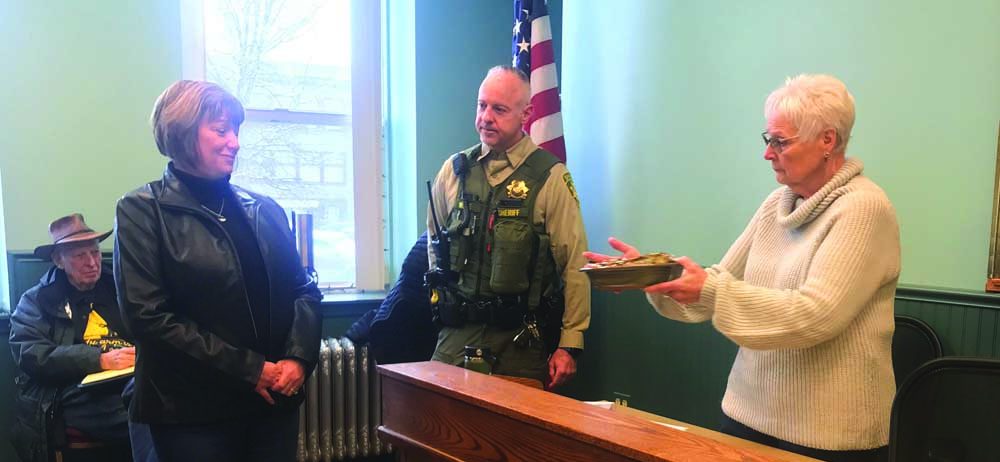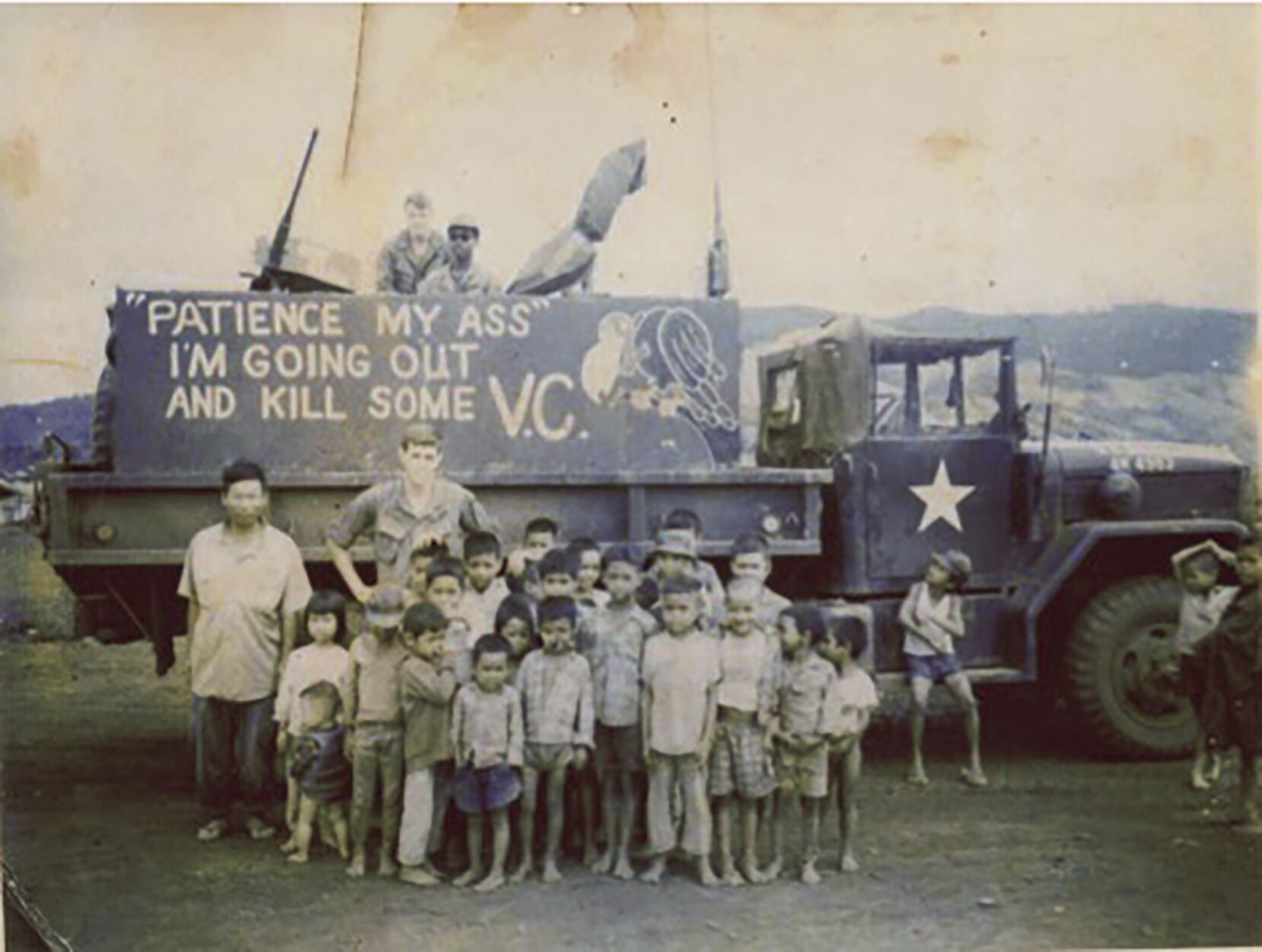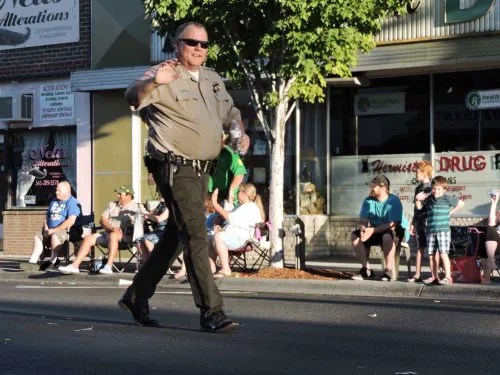Memories of the Blue Mountain Boys
Published 7:30 am Tuesday, June 21, 2016

- Author John Turner. (Tim Mustoe/The Observer)
The charismatic Blue Mountain Boys, cloaked in mystery for years, went silent at least a decade ago, but they are not forgotten.
La Grande author and book publisher John Turner is making sure of it.
Turner is waking up the echoes of the legacy of the Blue Mountain Boys, a group of men who, with a colorful and comedic touch, masqueraded as hillbillies while mysteriously appearing at events throughout the state representing Union County.
Turner has written a book about the men: “La Grande Blue Mountain Boys: Pillars of the Community.” Turner’s work is a tribute to the ambassadors, a 108-page book featuring about 100 photos of the Blue Mountain Boys at public events including parades, newspaper articles about them and an overview of their story.
Turner’s new book was five years in the making.
“I didn’t want what they contributed to the community to be forgotten,” Turner said in an interview. “This helps keep the past alive.”
The Blue Mountain Boys were founded in 1957, and throughout their history all members were required to sign an oath of secrecy, swearing never to reveal the identities of any members. It was an oath many took seriously.
“The Blue Mountain Boys maintained their secrecy even in death, the only recognition being a black Mountaineers hat on the casket of the departing members,” Turner wrote in his book.
Four years ago, a former member of the Blue Mountain Boys publicly released the names of its core members. Turner did not include any of the identities in his book, a deliberate omission to help the Blue Mountain Boys maintain an element of magic and intrigue.
“People used to say, ‘The Blue Mountain Boys, like Santa Claus, are real,’” Turner said.
The identities of the Blue Mountain Boys were a mystery throughout the years they operated, but the names of its honorary members were not. They included three Oregon governors — Robert Holmes, Mark Hatfield and Vic Atiyeh. All were made honorary members after receiving surprise greetings from Blue Mountain Boys at public events around the state.
Hatfield was made an honorary member about five decades ago while speaking in La Grande. The Blue Mountain Boys appeared at the speaker’s podium with a “still” they fired up to produce a non-alcoholic beverage that was given to Hatfield to drink. The governor was also presented with a “Blue Mountain cured” bearskin, according to a story on the event in The Oregonian.
The Blue Mountain Boys were well known for the many tricks they played on audiences. For example, it would look like they were in the process of pouring a water bucket over someone but instead the person would be showered with confetti, Turner said.
“Sometimes the tricks worked too well, like the time a mannequin was blown up in an outhouse but people thought it was a real person,” Turner said.
The Blue Mountain Boys had a strict dress code requiring them to wear bib overalls, artificial beards and large hats. Some of the men carried black powder rifles and shotguns that fire blanks but created their share of noise and smoke.
The group was often accompanied by a dilapidated-looking 1923 Dodge truck they called “The Mash Mangler,” which carried their so-called still. Only the more skilled Blue Mountain Boys drivers were able to operate it.
“The gears were not standard,” Turner said.
The Mash Mangler appeared with the Blue Mountain Boys at the countless parades they took part in, including the Rose Festival Parade in Portland. Appearances at these and other events boosted La Grande’s visibility and played a direct role in helping bring major conventions and meetings to the community. These included a state Elks convention and a meeting of the Oregon Newspaper Publishers Association, Turner said.
Much of the material in Turner’s book came from a collection given to him by members of the Blue Mountain Boys. Turner said preparing the book was an enjoyable challenge made easier by those who reached out to him.
“It has been interesting and fun, but without friends I would not be able to do any of this,” Turner said.
Turner’s book is published by a company he and Richard Hermens of La Grande co-own, Grande Ronde Publishing Co. Turner has written or co-written a number of local history books produced by Grande Ronde Publishing, including one about the old Mt. Emily Lumber Company.
For information on obtaining “La Grande Blue Mountain Boys: Pillars of the Community,” call 541-963-4073.





